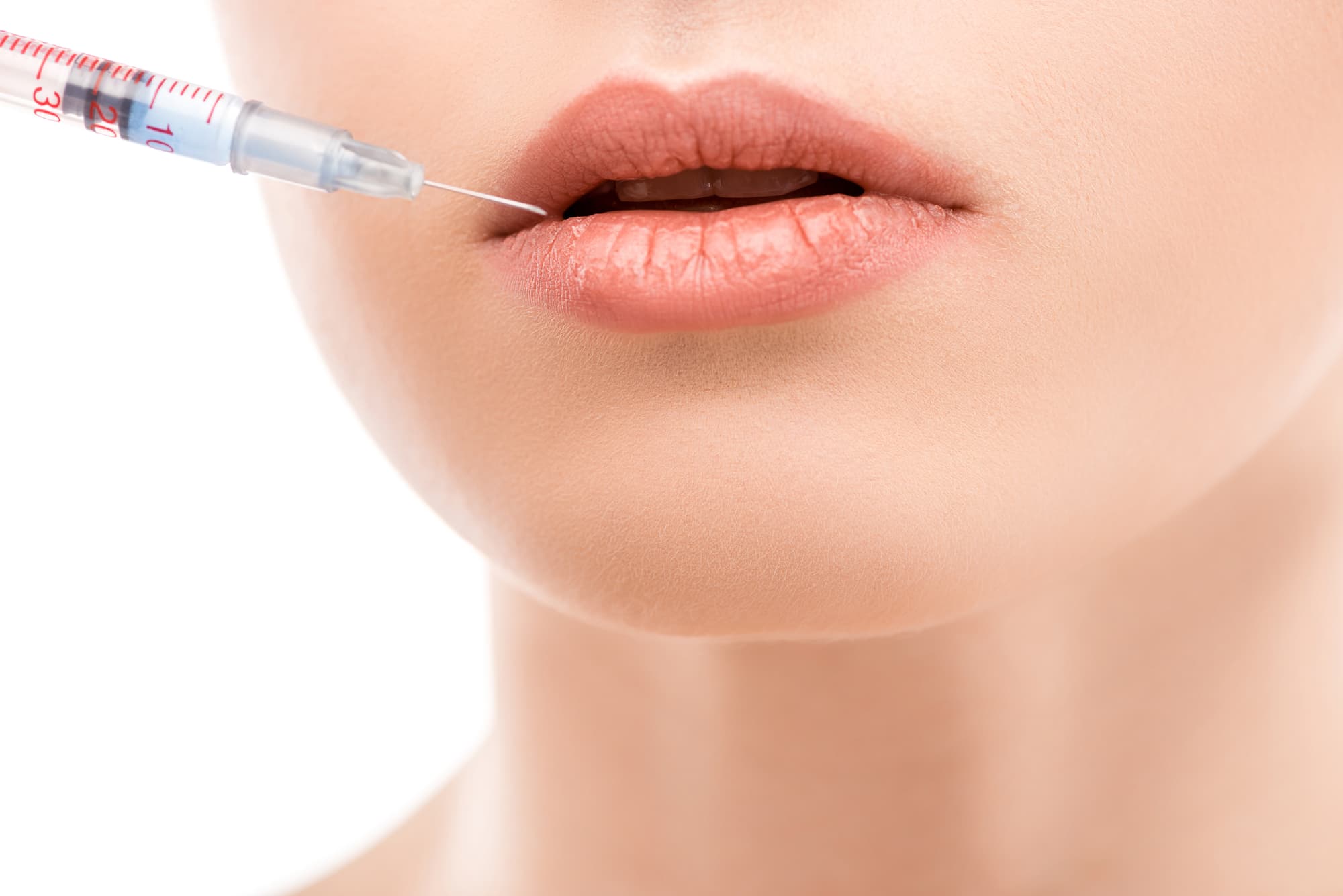Dermal Fillers in Singapore – Safe, Minimal Downtime & Discomfort
From 1000 SGD nett per syringe

What are Dermal Fillers?
Of the entire toolbox available for rejuvenation, dermal fillers play a significant role in appreciable enhancements. Used for both enhancing the face of youth as well as restoring volume to more mature patients in Singapore, dermal fillers allow for precise artistic sculpting.

Fillers are not, and should not, be the same. The range of fillers within a brand act as a palette for one to select the ideal product for the required site of rejuvenation. Harder, static fillers give optimal projection when placed deep, with more stretchable fillers giving a natural superficial volume. The softest of fillers give good blending for undereyes, lips, and superficial lines.
Common Indications for Facial Fillers
1. Forehead hollowing
2. Temple hollowing
3. Undereye tear troughs and bags
4. Nose enhancements
5. Cheek projection and hollowing
6. Jawline definition
7. Chin projection and blending
8. Marionette line blending
9. Nasolabial fold support and blending
10. Superficial wrinkle blending
11. Lip shaping, volumisation and projection
12. Skin texture improvemnt
Which Filler is Ideal for You?
The choice of filler will depend on a multitude of factors, including but not limited to:
-
-
- Area of concern
- Underlying pathological issue
- Quality of skin coverage
- Budget
- Experience of the injector
-
Filler Brands Offered Here:
1. Belotero: Intense, Volume, Balance, Soft
2. Radiesse and Radiesse Plus
3. Teoxane: Ultradeep, RHA I to IV, Redensity 1 and Redensity 2
Having dermal fillers done can be a very fulfilling affair, but the decision process – what to use, and where or how to use it – is probably the most important step. Make time for a thorough consult and understand what can be done for you.
FAQs
1. What does the procedure involve?
The procedure involves the manual injection of fillers into the respective areas of the face. This can be done using a needle or a blunt cannula, and the decision to use either will be made by myself after coming up with a treatment plan.
2. Is the procedure painful?
The procedure is tolerable and usually involves initial numbing with numbing cream for 15 to 20 minutes over the sites of injection.
3. How long does each session take?
The use of dermal fillers for facial sculpting can be considered an art and should not be rushed; typical sessions take 30 to 60 minutes, excluding numbing time.
Complications are also mitigated when the procedure is done more carefully and not rushed.
4. Is there any downtime?
This depends on the area of treatment and method of treatment.
In general, you will be able to leave the clinic and return to work immediately after the session. Some patients might develop small bruises at the site of injection over the next few hours, but this typically settles over the following few days.
5. Are there any possible side effects?
The application of dermal fillers in facial sculpting is no small feat, and a thorough discussion of possible complications with your doctor is important before choosing to undergo the procedure.
In general, common side effects include visible injection marks, bruising, slight swelling after injections, and slight redness that settles over a few hours.
Other less common side effects can occur, and are typically discussed in detail during a consultation.
6. Are the results permanent?
Hyaluronic acid fillers are bio-degradable – they are naturally broken down into water and other compounds that are excreted from the body. Some residual effects from the stimulation of collage production within the area of injection might lead to some retained results in the long run, but HA fillers typically break down over the course of 1-2 years.
HA fillers, as mentioned, are made in different concentrations and viscosity levels – harder, more concentrated HAs tend to break down over 1-2 years, while softer, more mould-able fillers typically break down over 9 months to 1 year.
Furthermore, fillers placed in areas of high mobility – such as the lip – tend to break down faster; the effects in these areas tend to be lost over about 9 months.
As such, harder fillers that are used typically in less mobile areas (cheeks, chin, nose, jawline) tend to last between 1-2 years.
Softer fillers for slightly mobile areas or sensitive areas (temples, forehead) last about a year.
The softest fillers used for sensitive areas (under-eyes, lips) tend to last 9 months before requiring a touch-up.
While this is the projected longevity of HA fillers, some patients have been found to retain HA for a period of several years, hence maintaining appreciable results for a long period.
7. How many sessions are required?
Fillers are recommended to be over two to three sessions – the first session to build the initial structure, the second to blend, and the third session for any touch-ups if necessary. This ensures a more careful approach to facial sculpting.
After these few initial sessions, touch-ups are done every 9 months to a year to maintain the results.
8. Can the procedure be reversed?
Yes, HA fillers placed into the skin can be reversed.
Hyaluronidase (or hyalase, for short) is an enzyme that breaks down hyaluronic acid. It is used for patients who:
Are unhappy with initial results and want to erase it and restart
Have suffered a complication from previous treatments and need the HA removed
This is one of the important features of HA fillers (as opposed to semi-permanent, non-HA fillers) as it allows prompt correction of any side effects.
My personal advice to patients is to always start with hyaluronic acid fillers (and not more permanent, non-dissolvable non-HA fillers) if:
-
-
- It is your first time doing fillers
- It is your first time doing fillers with a certain doctor
- Your doctor has limited experience with fillers
- You are unable to take the downtime associated with potential complications from non-HA fillers
-





